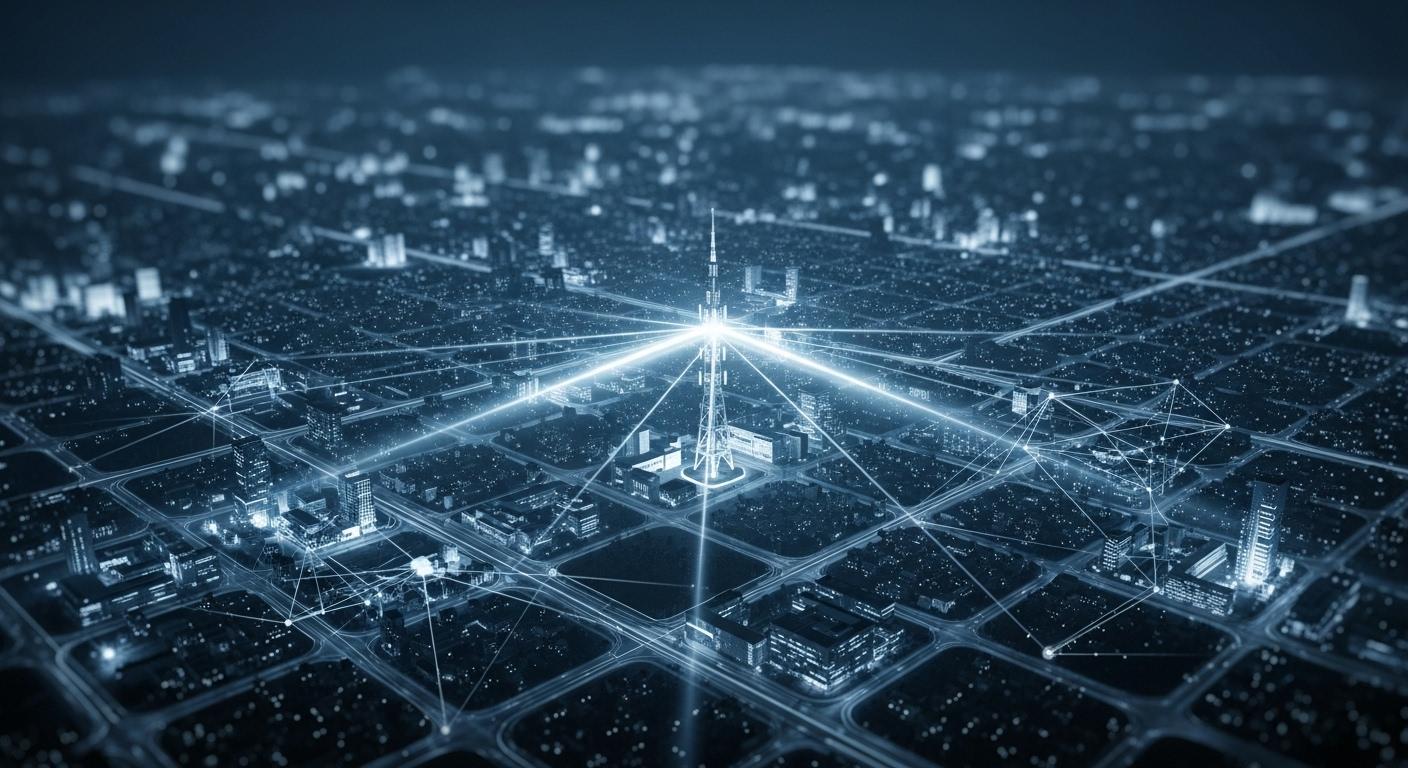Neurodiversity in the Workplace: Reshaping Corporate Culture
The corporate landscape is undergoing a profound transformation as businesses begin to recognize and embrace neurodiversity. This shift is not just about inclusivity; it's a strategic move that taps into a wealth of unique talents and perspectives. From tech giants to small startups, companies are redefining what it means to be a valuable employee, challenging long-held assumptions about productivity and creativity. Read below to explore how neurodiversity is reshaping the modern workplace and why it matters for the future of business and society.

In the workplace context, neurodiversity challenges the traditional notion of the ideal employee. It recognizes that individuals with different neurological makeups can bring unique strengths and perspectives to their roles. For instance, individuals on the autism spectrum often exhibit exceptional pattern recognition and attention to detail, while those with ADHD may excel in creative problem-solving and multitasking.
Shifting Corporate Attitudes
The corporate world’s approach to neurodiversity has evolved significantly over the past decade. Initially viewed as a compliance issue related to disability accommodation, neurodiversity is now increasingly seen as a competitive advantage. Companies like Microsoft, SAP, and JPMorgan Chase have implemented dedicated neurodiversity hiring programs, recognizing the untapped potential of neurodiverse individuals.
This shift is driven by several factors. Firstly, there’s a growing body of research highlighting the business benefits of cognitive diversity. A 2018 study by Deloitte found that cognitively diverse teams solve problems faster than teams of cognitively similar individuals. Secondly, as the demand for specialized skills in areas like data analysis and cybersecurity grows, companies are looking beyond traditional talent pools.
Challenges and Adaptations
Integrating neurodiversity into the workplace is not without challenges. Traditional hiring practices, from resume screening to interview processes, often inadvertently screen out neurodiverse candidates. Many companies are now adapting their recruitment strategies, implementing alternative assessment methods that focus on practical skills rather than social norms.
The physical work environment also plays a crucial role. Open-plan offices, popular in many corporations, can be overwhelming for individuals with sensory sensitivities. Progressive companies are creating more inclusive spaces with quiet zones, adjustable lighting, and noise-cancelling headphones available to all employees.
Management practices are evolving too. Traditional performance metrics and communication styles may not accurately reflect the contributions of neurodiverse employees. Companies are training managers in neurodiversity awareness and implementing more flexible performance evaluation methods that recognize diverse working styles.
The Ripple Effect on Workplace Culture
The integration of neurodiversity is having a profound impact on overall workplace culture. It’s fostering a more inclusive environment where individual differences are not just tolerated but celebrated. This shift is encouraging all employees to bring their authentic selves to work, leading to increased job satisfaction and creativity.
Moreover, the adaptations made for neurodiverse employees often benefit the entire workforce. For example, clearer communication protocols implemented to support neurodiverse team members can improve overall team efficiency. The emphasis on creating sensory-friendly spaces enhances the work environment for all employees, reducing stress and improving focus.
Societal Implications
The workplace neurodiversity movement has broader societal implications. It’s challenging societal stereotypes about disability and redefining notions of productivity and success. As more neurodiverse individuals enter the workforce in roles that leverage their strengths, it’s shifting public perceptions and reducing stigma.
This movement also intersects with broader conversations about diversity and inclusion. It highlights the importance of looking beyond visible differences to create truly inclusive environments. The neurodiversity paradigm encourages a more nuanced understanding of human diversity, potentially paving the way for more inclusive approaches to other forms of cognitive and neurological differences.
The Road Ahead
While progress has been made, the journey towards fully neurodiversity-inclusive workplaces is ongoing. There’s a need for more research into best practices for supporting neurodiverse employees throughout their careers, not just at the hiring stage. Education and awareness programs need to be expanded to reach smaller businesses and industries beyond the tech sector.
The legal landscape is also evolving. Policymakers are grappling with how to update employment laws to better protect and support neurodiverse individuals while balancing the needs of employers. This includes discussions around reasonable accommodations and how to define them in the context of neurodiversity.
As we move forward, the neurodiversity movement in the workplace has the potential to fundamentally reshape our understanding of human potential and productivity. It challenges us to create more flexible, inclusive work environments that can adapt to the diverse needs of all employees. In doing so, it not only benefits neurodiverse individuals but has the power to enhance innovation, creativity, and overall workplace satisfaction for everyone.





